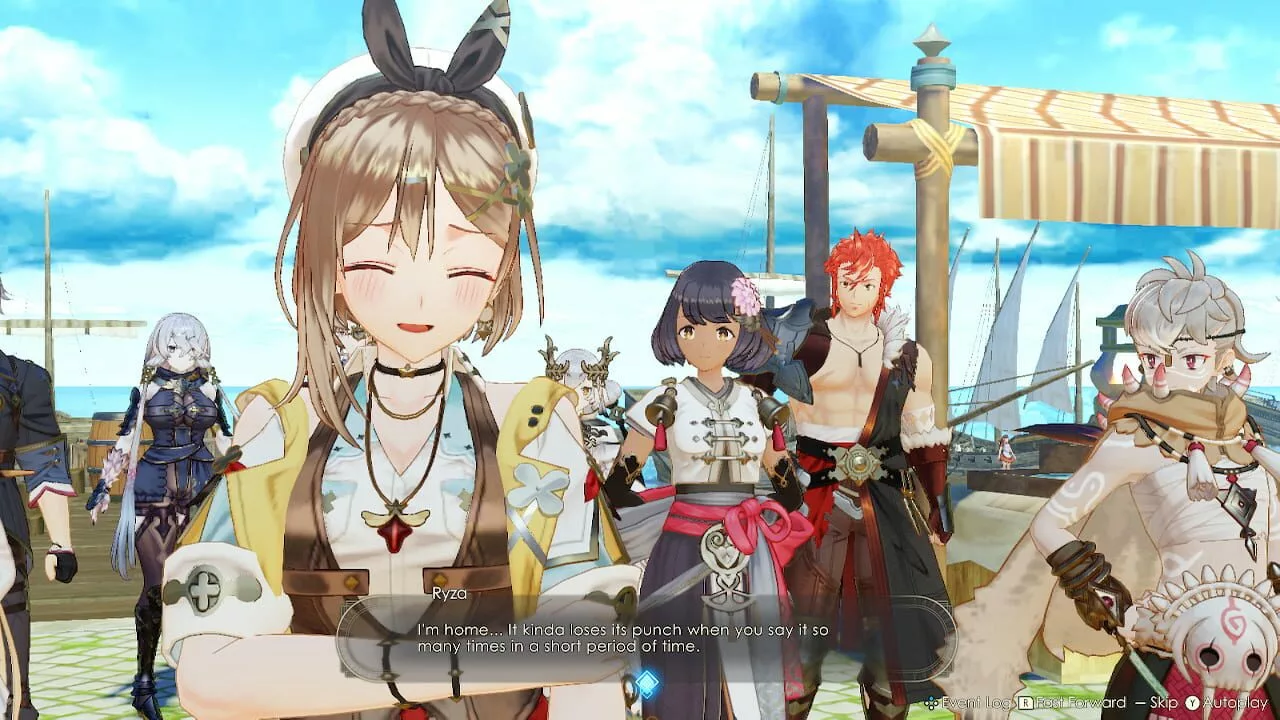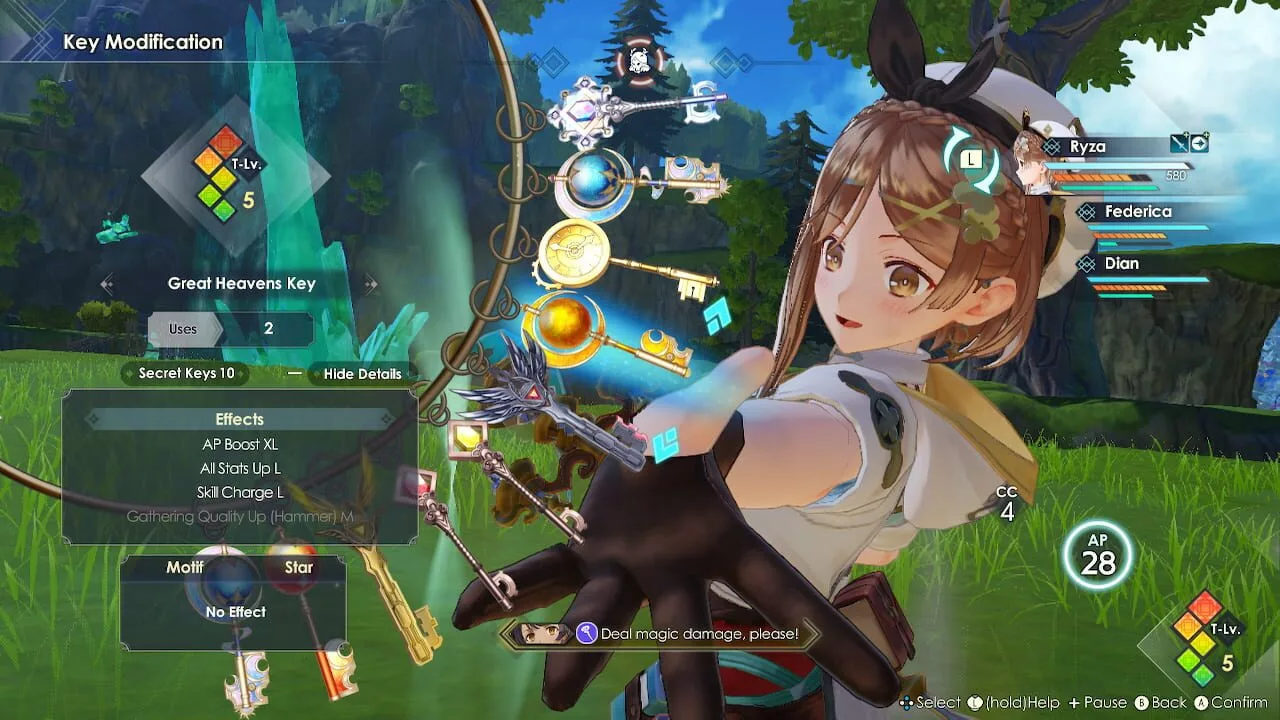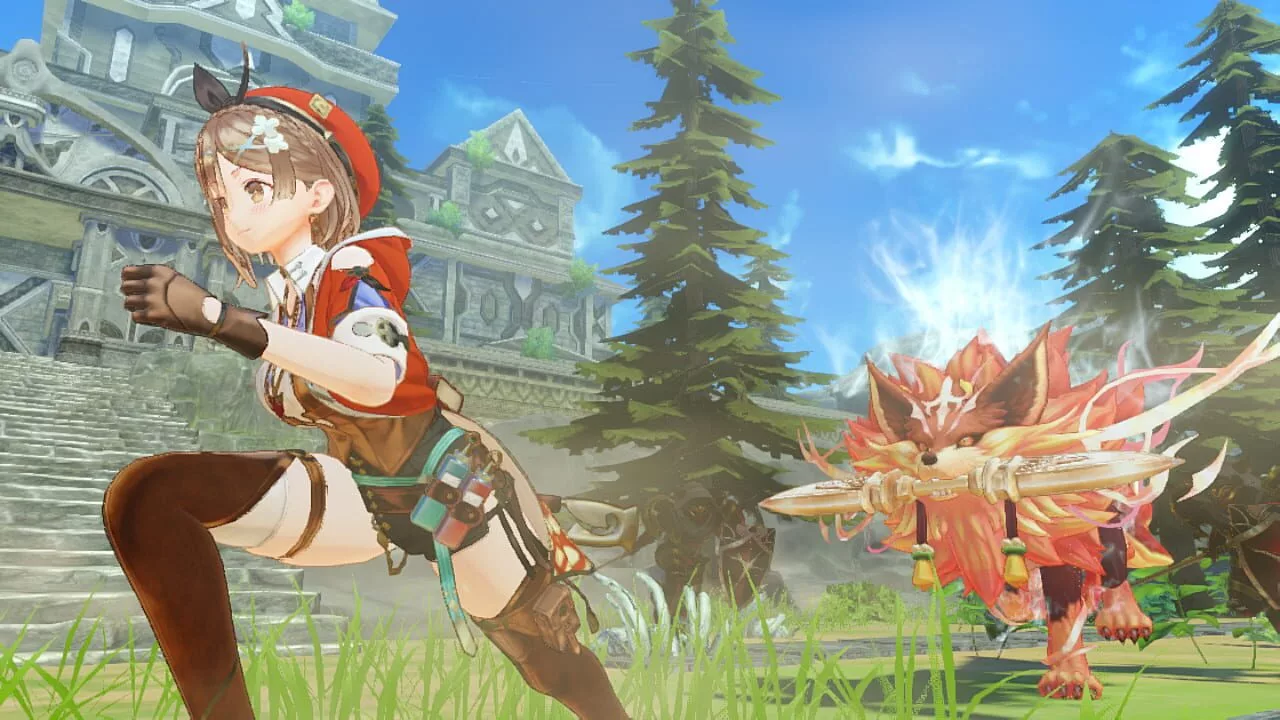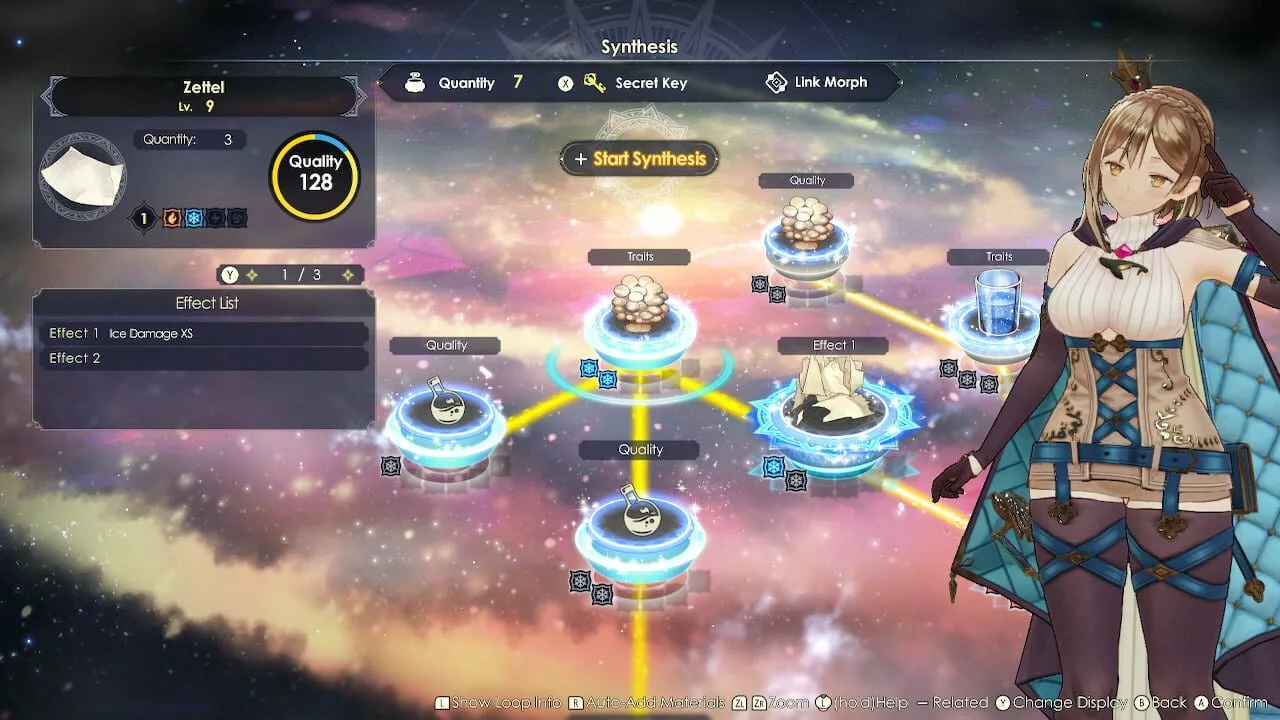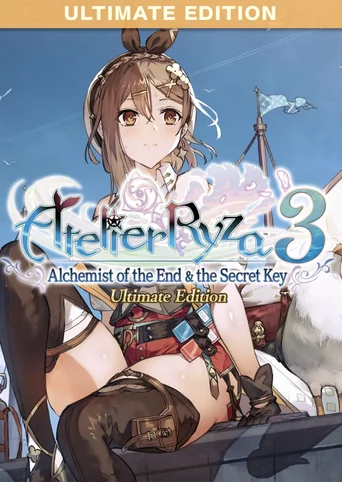
Atelier Ryza 3: Alchemist of the End & the Secret Key - Ultimate Edition (2023)
Genres:Role-playing (RPG)
Game modes:Single player
Story:The story begins when a group of islands called Kark Isles appear near Ryza's—the protagonist's—hometown. Seeing this as a threat to their home, Ryza and her friends investigate the isles and discover ruins with a huge gate. Just as Ryza approaches the gate, a strange voice echoes in her head, telling her to reach the Code of the Universe. What is it that lies beyond the gate, and what does the "Code of the Universe" mean? In hopes of finding a way to save their home, Ryza and her friends set off on a great adventure that revolves around a Key and the roots of alchemy.Show more
Vote to bring this game to GOG and help preserve it.67
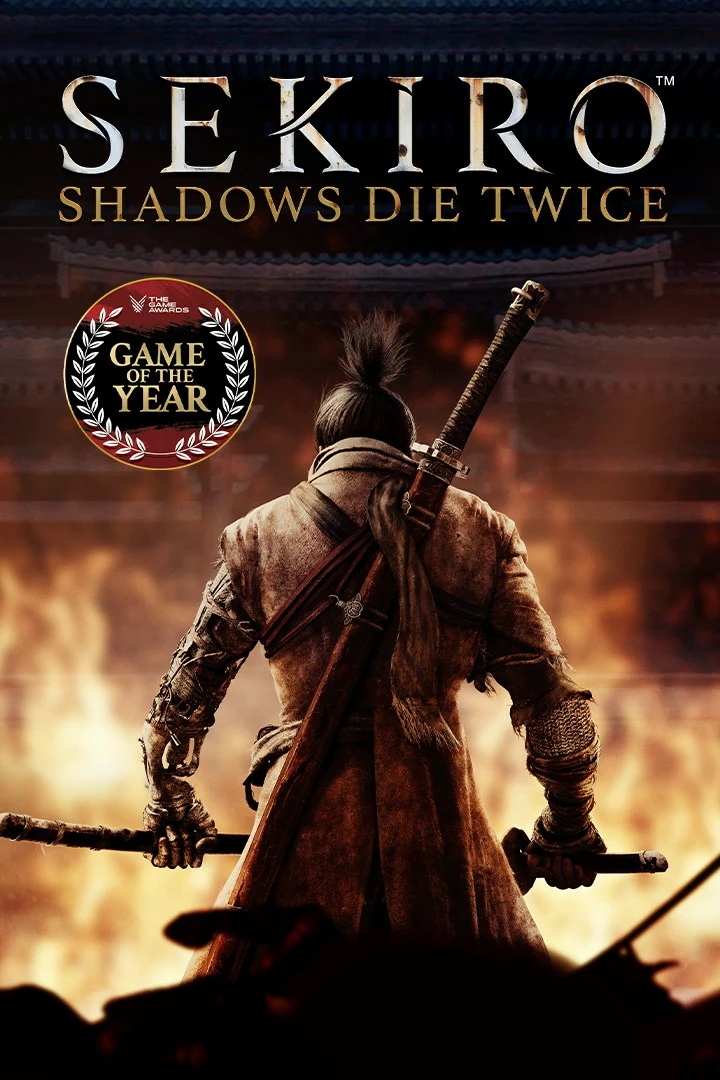
Sekiro: Shadows Die Twice - GOTY EditionCarve your own clever path to vengeance in the award winning adventure from developer FromSoftware, creators of the Dark Souls series.
Take Revenge. Restore Your Honor. Kill Ingeniously.
This Game of the Year Edition now includes bonus content:
- Reflection and Gauntlet of Strength - new boss challenge modes
- Remnants - leave messages and recordings of your actions that other players can view and rate
- 3 unlockable cosmetic skinsOpen world Action Fantasy
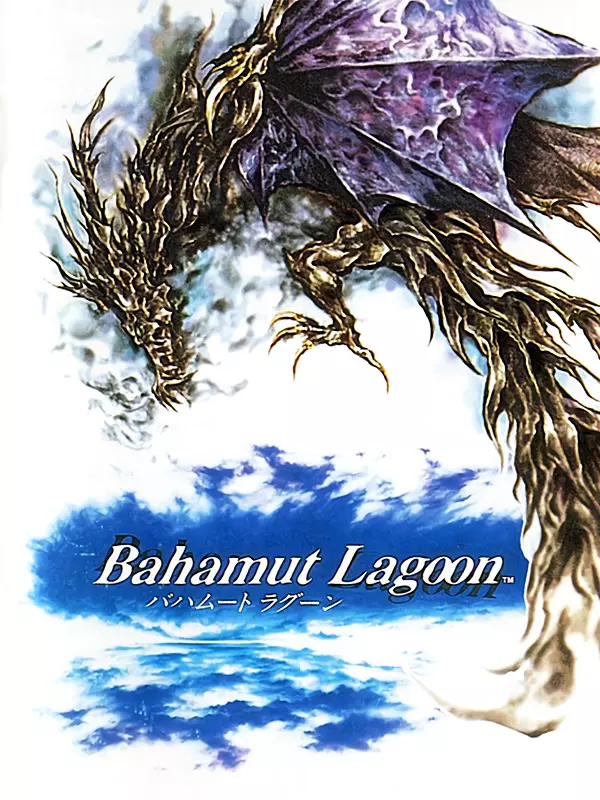
Bahamut LagoonBahamut Lagoon combines RPG mechanics with squad-based combat. Characters have HP, MP (SP for fighter characters), EXP, equipment, stats and class-specific, SP-draining special elemental abilities very much like traditional console RPGs. The player can explore his surroundings, talk to people and visit shops when not in battle, though to a limited degree as there is no world map and no way to leave the current area.
The game's core is its turn-based battles fought on a 2d grid. Characters are assembled into parties of four and the player allowed a maximum of six parties, which are usually well outnumbered. The two opposing sides act in alternating turns so that each party can move once and/or attack once a turn. Attacks are divided into distant and close-up combat. In the former, a party uses a special ability (e.g. casting fireballs, throwing lightning, healing allies) of one of its members at a distance. The range and possible area of effect damage vary per ability. If the attacking party has two or more characters with the same ability, they join in the action to multiply its effectiveness. Distant combat results in less money and generally less damage, but the target cannot retaliate. Distant attacks can also affect the field; fire and ice ignite or extinguish forests and melt or freeze ice, etc. Close-up, each unit in two adjacent opposing parties can act once. Very much like Final Fantasy SNES combat, they can attack an enemy, use an item or a special ability (though these can't be combined and most only affect one target instead of all) or defend.
Dragons are the player's ace in the hole. They have their own stats and gain experience like normal characters do. In battle, each party has a dragon attached to it and draws a large portion of its strength from that of its dragon: if a party's dragon is slain, the party will lose the ability to use special attacks and class-specific abilities for the remainder of the map. The beast acts as a very powerful autonomous unit that moves after its party does and it cannot be controlled beyond very simple commands, e.g. "Come!" Out of battle, dragons will eat anything and raising them by feeding them items is an important part of the game. Feeding can improve their stats as well as affect their behavior on the field, and the dragons develop into new forms as they grow.
The player can change the characters in each of the parties, their formation as well as what dragon represents them at will.Action Fantasy

Live A LiveLive A Live's story is split across seven seemingly unrelated chapters that can be played in any order, based on popular genres such as Western, science fiction, and mecha. Each chapter has its own plot, setting, and characters. Although the basic gameplay is the same throughout the game, each chapter adds a new factor to the basic formula, such as the stealth elements in the ninja chapter. After the first seven chapters are completed, two final chapters take place to establish the connection between the seven previous and resolve the story.Fantasy Historical Science fiction

Lost OdysseyLost Odyssey is set in a world in which a "Magic-Industrial Revolution" is taking place. While magic energy existed in all living creatures beforehand, it suddenly became far more powerful thirty years before the beginning of the game. Because of this, it has affected society greatly, with devices called "Magic Engines" harnessing this power for lighting, automobiles, communication, and robots, among other uses. While previously only a select few could wield magic, many magicians gained the ability. However, such progress has also caused two nations to develop new and more powerful weapons of mass destruction. The kingdom of Gohtza and the Republic of Uhra (which recently converted from a monarchy). Uhra is building Grand Staff, a gigantic magic engine, while the heavily industrialized Gohtza actively pursues magic research of their own. A third nation, the Free Ocean State of Numara, remains isolated and neutral, though it is falling into disarray due to a general attempting to stage a coup d'etat. Uhra, at war with Khent, a nation of beastmen, sends its forces to the Highlands of Wohl for a decisive battle at the start of the game.Trending Open world

Shadow Hearts: CovenantShadow Hearts: Covenant is a direct continuation of Shadow Hearts; Its story starts a year and a half after the first one in the midst of World War I. It focuses on Karin Koenig, a lieutenant in the German Army who assists in the exorcism of a man able to turn into demons, Yuri Volte Hyuga. However, after learning of Yuri's caring nature, Karin goes on a quest with him to save him from a spell inside him and are drawn into a conflict involving demons of demonolatry.Fantasy Historical Science fiction
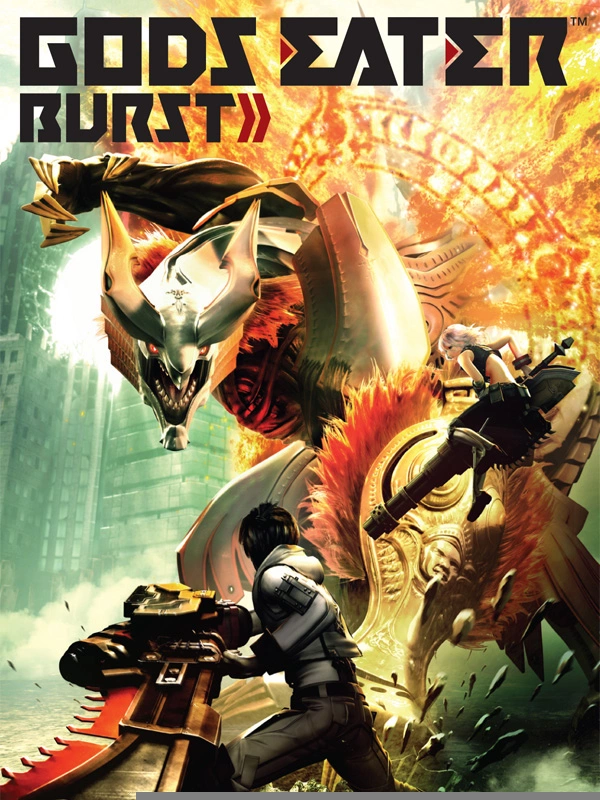
Gods Eater BurstGods Eater Burst is an action role-playing game and an enhanced version of God Eater. The enhanced version features an expanded story and new game mechanics. The game's mission-based single-player mode consists of more than 100 missions, with co-operative play of up to three teammates over local adhoc wireless multiplayer or AI-controlled teammates. The game features character creation allowing customization of hair style, hair color, face, skin, clothing, voice and weapons using special materials. Equipment is divided into five groups: Blade, Gun, Shield, Control Unit and Upgrades. Weapons can be switched between melee, ranged and shield in-mission. Along with the second story arc, God Eater Burst adds two new gameplay features: Bullet Customization and Burst Mode.Action Science fiction
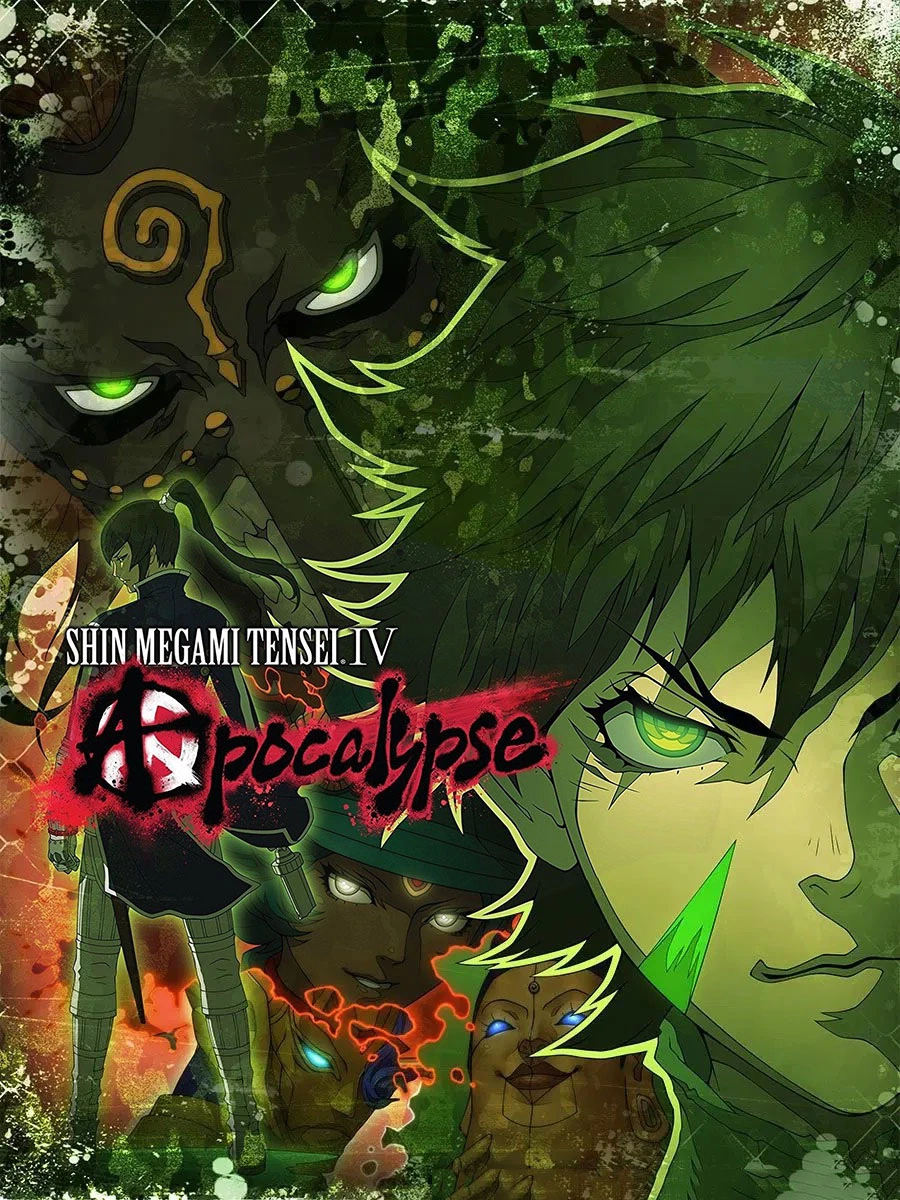
Shin Megami Tensei IV: ApocalypseShin Megami Tensei IV: Apocalypse is a post-apocalyptic role-playing video game developed and published by Atlus for the Nintendo 3DS. It is set in the same universe as Shin Megami Tensei IV and forms part of the Shin Megami Tensei series, the central series of the Megami Tensei franchise.Action Fantasy Horror Science fiction
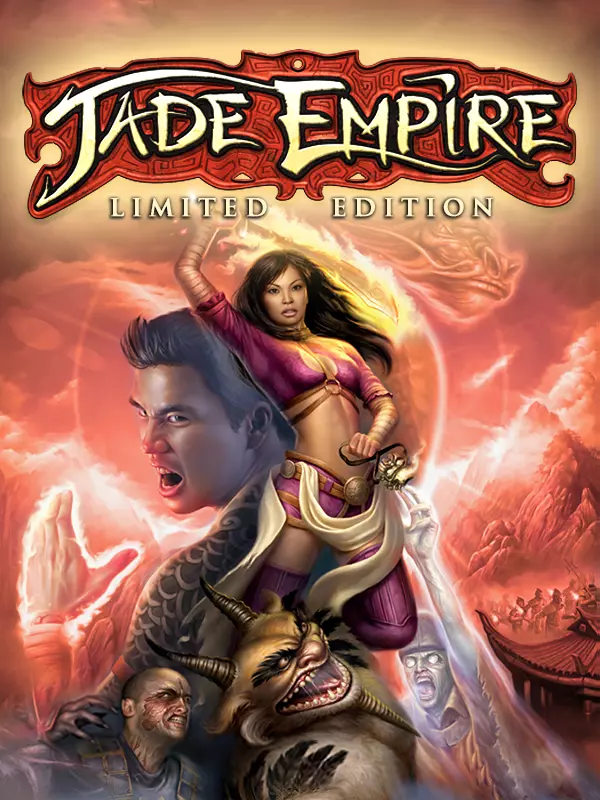
Jade Empire: Limited EditionJade Empire is a martial arts action RPG, that delivers a stunning visual and gameplay experience.
The Limited Edition of Jade Empire adds a new default playable character, monk Zeng, with the exclusive Monk Spade fighting style. It also contains a bonus disc with a Making of Jade Empire video and demo versions of Forza Motorsport, Conker Live & Reloaded, and MechAssault 2: Lone Wolf.Action Fantasy
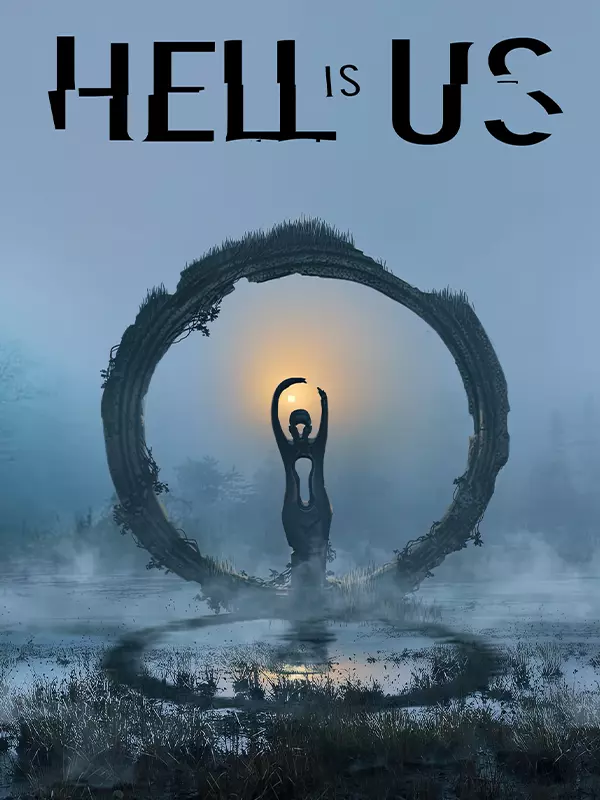
Hell is UsIf war is the closest we get to hell on earth, it's because Earth harbours the worst of demons: humankind. In an isolated country ravaged by infighting, discover the secrets of your past and deal with the repercussions of a mysterious calamity.Action Fantasy Horror Warfare Science fiction
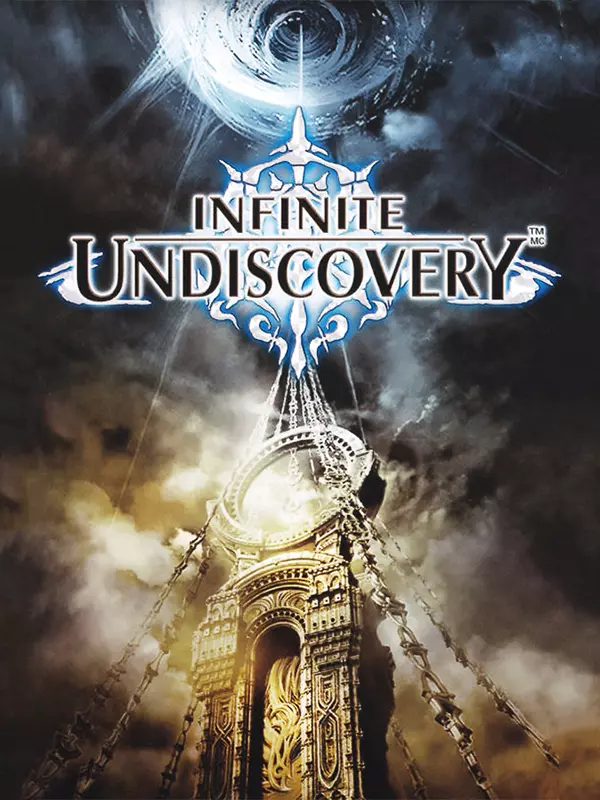
Infinite UndiscoveryMistaken for a renowned hero, Capell is thrust into a conflict to sever the chains that bind the moon to his world. Traverse a seamless, expansive world with a party formed from 18 characters. Rise against the wicked Order of Chains in fierce real-time combat, but beware not all battles are won by force. The most obvious solution is rarely the right move. Shatter the chains and release the Order's grip on the world.Action
